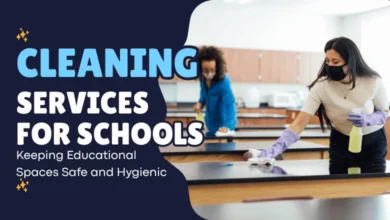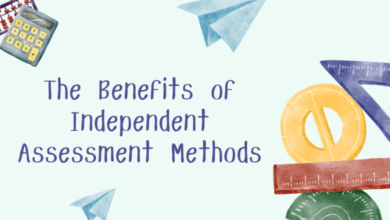Maximising the Value of VET Resources in Your RTO

Investing in quality VET resources is only the first step in delivering effective and compliant training. To get the most value from your materials, your RTO needs to use them strategically—not just as course content, but as tools to improve learner engagement, streamline trainer workload, and ensure audit readiness.
In this blog, we’ll explore practical ways to maximise the value of your VET learning resources, from integrating them into multiple delivery modes to ensuring they remain current and compliant.
Use VET Learning Resources Across Multiple Delivery Modes
Great vocational education and training resources are adaptable enough to work in a variety of contexts — face-to-face, online, and blended learning. By leveraging your resources across different modes, you can
- Reach a wider audience of learners
- Cater to different learning preferences and needs
- Reduce duplication of effort when designing course materials
Adapting activities and assessments for each mode can help maintain engagement and ensure that all learners, regardless of delivery method, receive the same quality of training.
Keep Content Current and Industry-Relevant
Even the most well-designed learner resources can lose value if they’re not kept up to date. Training packages, legislation, and industry best practices change regularly, so it’s essential to review your resources often and make updates where necessary.
Staying current helps your RTO
- Maintain compliance with the Standards for RTOs 2025
- Deliver training that reflects real-world workplace conditions
- Improve learner confidence in their skills and knowledge
Integrate Learner Resources into Practical Training
Your VET learning resources should go beyond theory by supporting practical skill development. This might mean:
- Using case studies that reflect workplace situations.
- Including practical activities alongside written assessments.
- Encouraging learners to apply concepts in simulated or actual workplace environments.
Blending theory and practice not only helps students retain information but also prepares them for the demands of their industry.
Support Trainers with Clear Guidance
Trainer usability is a key factor in getting the most from your vocational education and training resources. Well-prepared trainer guides, mapping documents, and assessment benchmarks make it easier for trainers to deliver consistent, compliant training.
When trainers have clear instructions and marking criteria, they can focus more on engaging learners and less on interpreting vague or incomplete materials.
Monitor Learner Feedback
Your learners are the end-users of your learner resources, so their feedback can be invaluable for identifying improvements. Regularly gathering and reviewing feedback can help you:
- Spot unclear explanations or confusing activities.
- Identify gaps between learning content and assessment requirements.
- Enhance the overall learner experience.
This ongoing feedback loop ensures your RTO continues to get maximum value from its investment in VET resources. Using comprehensive student management systems like eSkilled SMS lets you build and maintain effective feedback loops.
Frequently Asked Questions
How often should VET learning resources be reviewed?
Your VET resources should be reviewed annually and whenever there’s a change to the relevant training package, legislation, or industry practices.
Can I use the same learner resources for both face-to-face and online delivery?
Yes—provided they are adaptable, contain clear instructions, and include activities suitable for each mode of delivery.
What makes vocational education and training resources industry-relevant?
They use up-to-date examples, reflect current workplace practices, and align with recognised industry and regulatory standards.
How do I know if my VET resources are compliant?
Check that they are mapped to the current training package, meet assessment evidence requirements, and align with the Standards for RTOs 2025.
What’s the best way to get feedback on learner resources?
Use surveys, group discussions, or one-on-one check-ins to gather honest feedback from learners throughout the course. If you’re using a student management system, make sure you’re using one that has feedback gathering features like eSkilled SMS.
Conclusion
Maximising the value of your VET resources is about more than using them as static course content. By keeping them current, adapting them for different delivery modes, integrating them into practical training, and using learner feedback to make improvements, you can get the best possible return on your investment.
If you’re ready to explore VET learning resources designed for compliance, engagement, and flexibility, visit Precision RTO Resources. With expertly developed learner resources, your RTO can deliver training that meets industry standards and sets learners up for success.
Enjoyed this? Dive into more articles that challenge your thinking and ignite your motivation.






